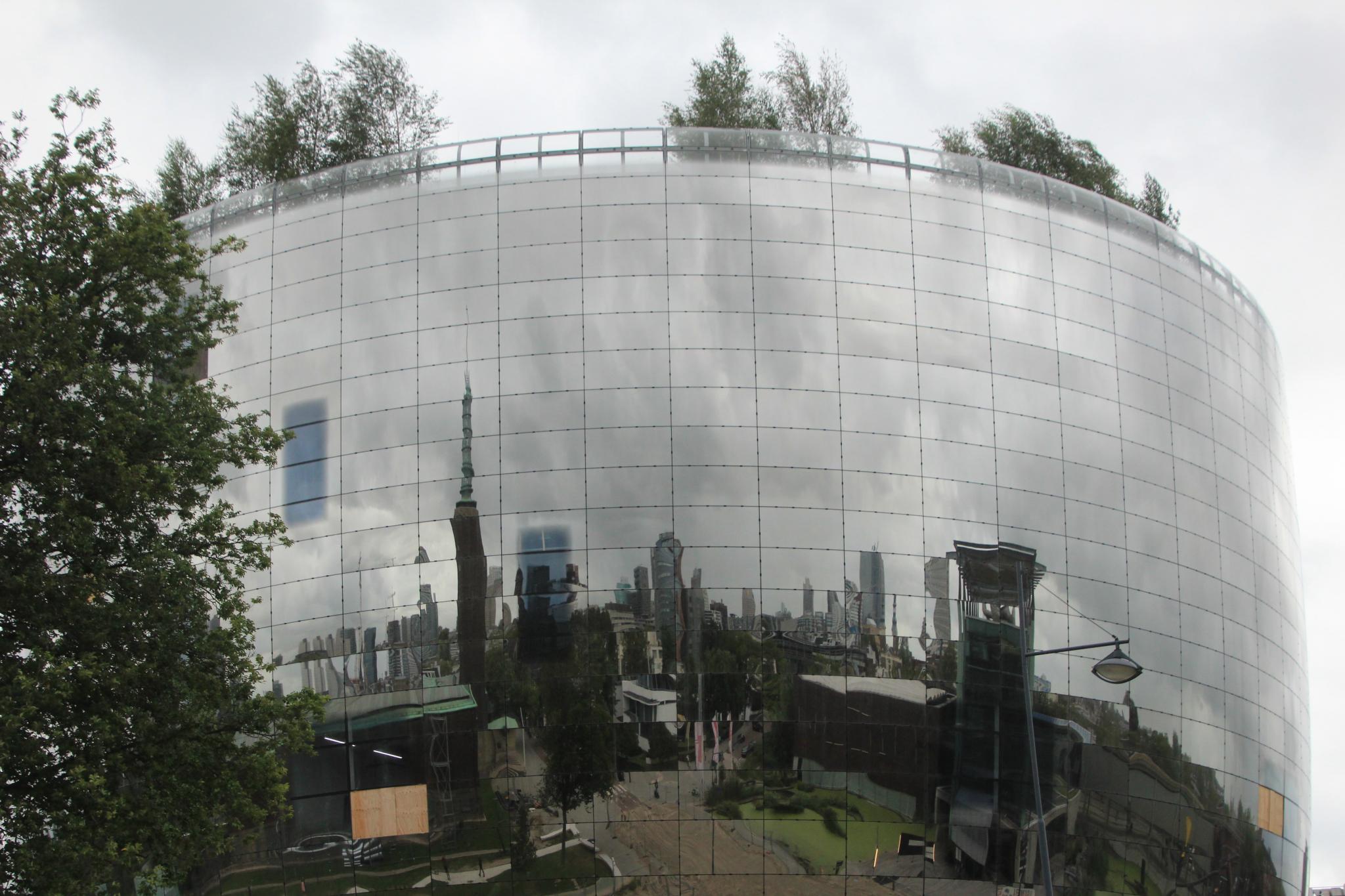In retrospective, the 2020 summer school Museums and the SDG’s was quite a success, despite the difficulties in COVID-times, and here we would like to share some of the insights gained during the program. The program developed by our Centre together with four mayor Dutch museums-The Maritime Museum Rotterdam, Museum Volkenkunde, Museum Lakenhal and the National Museum of Antiquities- was set to understand how museums contribute towards achieving the Sustainable Development Goals as stipulated by the United Nations. With a relatively small group of thirteen (international) students, heritage professionals and museum scholars, following strict Covid-19 measures, we tried to unearth common trends and progressions in the efforts exerted by museums to do so.

Lucas Petit from the National Archaeology Museum (RMO) explaining how his museum is tackling the SDG's. Photograph by Marion van Westen.
Tackling the SDG’s is by no means an easy matter for the participating museums. Foremost because the range of the seventeen goals which make up the SDG’s varies from (gender) equality and global financial equity to food safety and battling climate change. Additionally, a whole spectrum of terms, stipulations and indicators behind each goal can be found which must be met in order to achieve it. It is not surprising then that the methods and emphasis on individual goals varies greatly among the museums. However, all museums do their share.
This being said, the group was able to discern two major trends among the work of the participating museums. On the one hand attempts and progressions were being made to make the museums more inclusive in regard to management, collections and exhibitions. Management-wise, museums are exploring in different ways how to diversify their staff in order to obtain a proper representation of Dutch society as a whole. However, this trend could as well be discerned from the way museums engage with this theme in, among other things, their museum shops. Cooperation with, and offering products of both small and large international brands offering fair wages and financial access to underprivileged social groups is an interesting way to deal with such problems.
The participants. Photograph by Marco Foravalle.
Of course, most of the efforts exerted towards obtaining more inclusive museums are diverted towards their collections and exhibitions. To this end, the visited museums are investing both financial and human resources to reach out to all layers of society. The establishment of multilateral talks with the members of the cultures whose objects are displayed, and to incorporate their views in the ongoing exhibitions. The measures taken do not always need to be either very expensive or expansive, as seen from the enthusiasm generated by Marco Foravalle’s—one of the participants—proposal to add additional languages to the explanations of objects and exhibitions.
Concluding, one can state that museums are doing all they can to do their part in order to achieve the SDG’s, even though each museum has to discover for its own how precisely to do so. However, there is no way, in this time and age, that museums and other cultural institutions can refrain from exerting efforts to reach a more just and sustainable planet. As Danusa De Carvalho Castro (another participant) noted: ‘I believe people will start to ask institutions what they are doing with regards to sustainability. They will have to start making changes’. They are.

The fully self sufficient new depot of the Maritime Museum of Rotterdam. Photograph by Marion van Westen.
